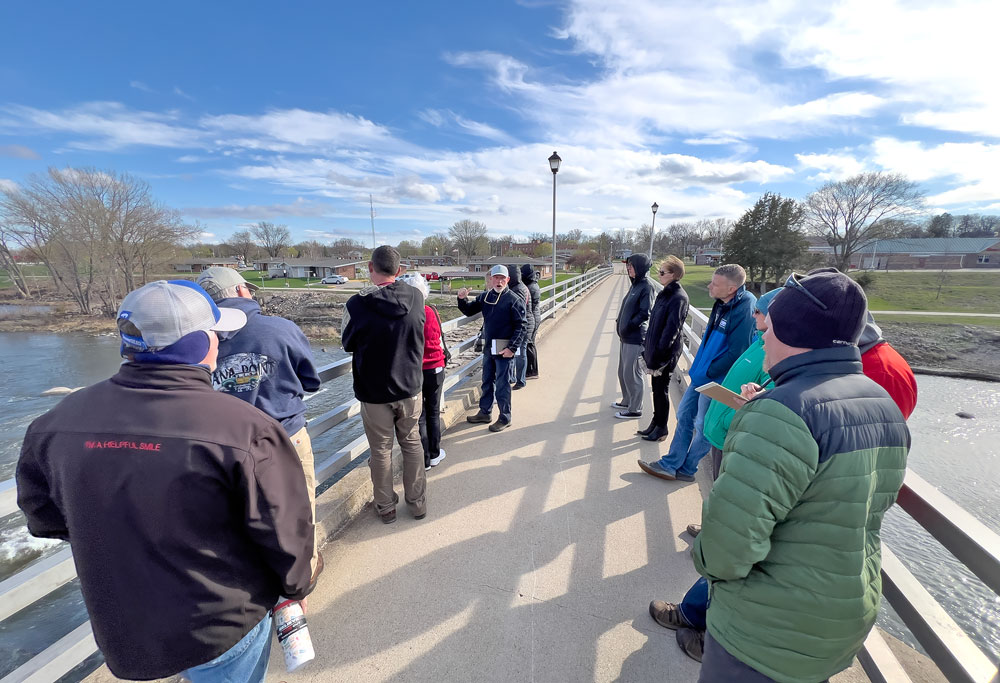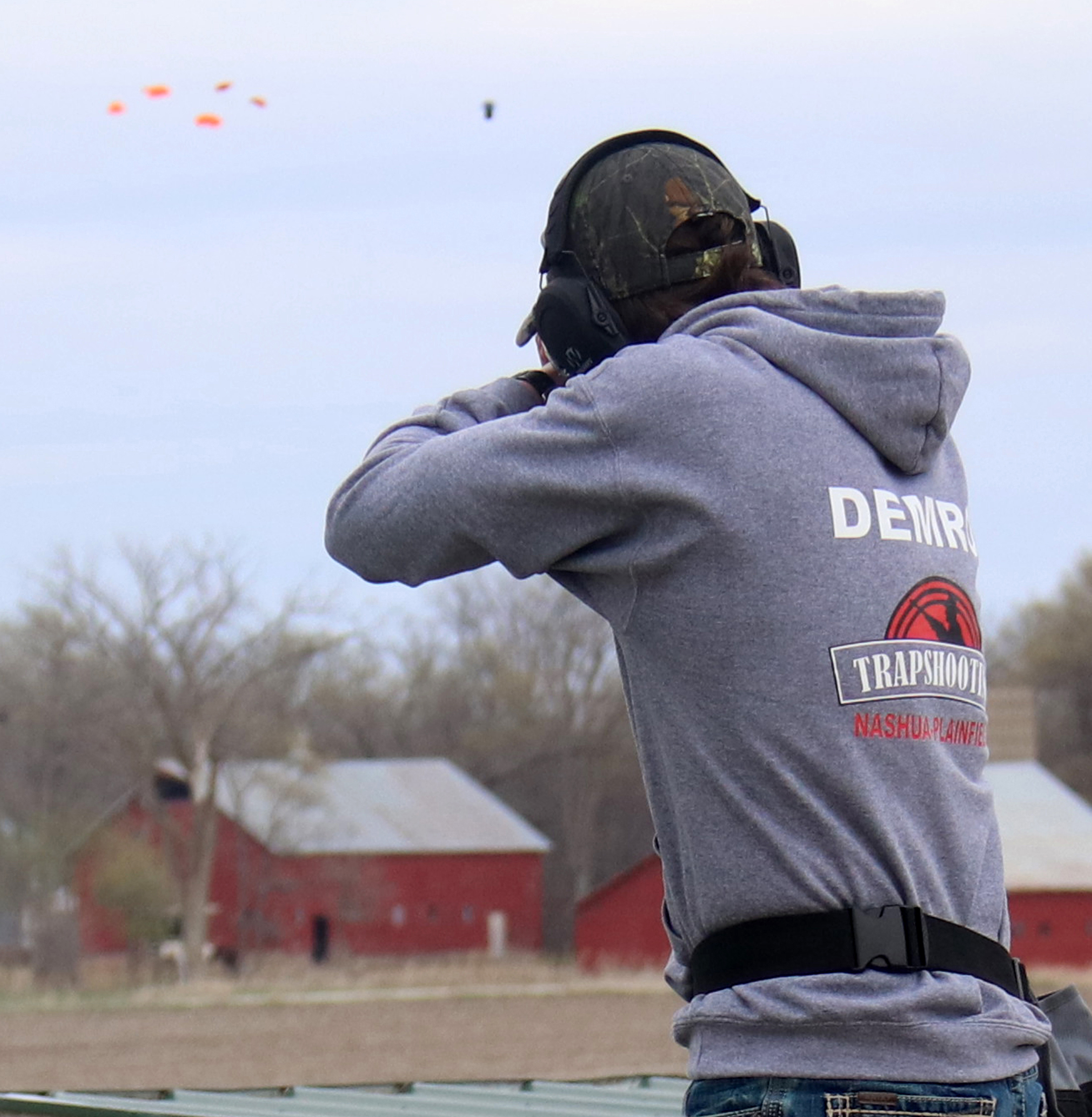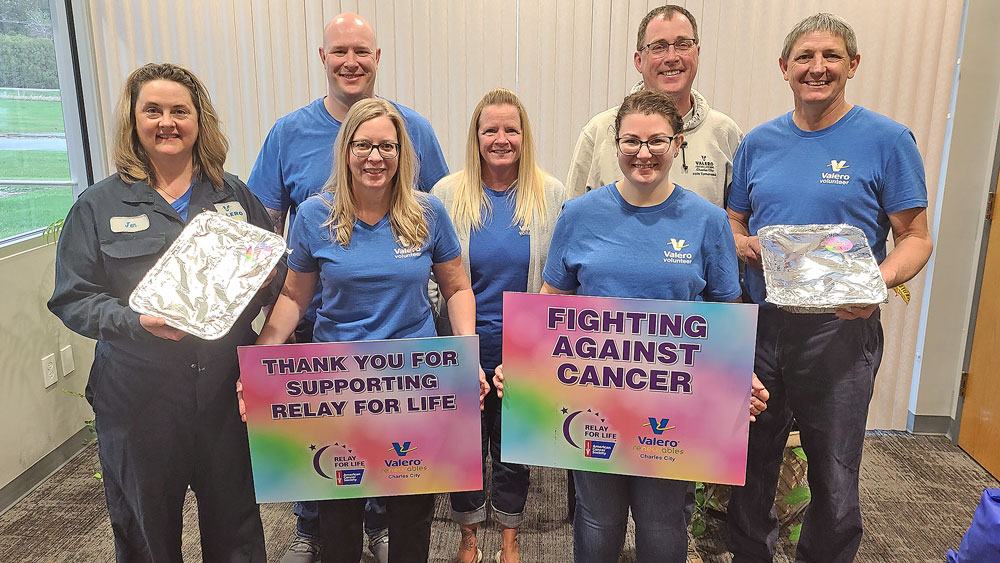Keep it cool at bedtime
Experts say cooler temperatures may help provide optimal sleep
By Kaitlin Fochesato, More Content Now
Everyone turns off the lights before going to sleep, but some experts suggest you might want to turn down the thermostat as well.
Cool nights, they say, make for good sleep.
Jerry Siegel, a professor of psychiatry at the University of California-Los Angeles, was lead researcher of a study that monitored the sleep patterns of three groups whose living conditions are similar to those of our evolutionary ancestors.
The individuals monitored in the study live in Tanzania, Namibia and Bolivia in natural environments with temperatures that follow a 24-hour cycle, Siegel said.
Most of us, with heated and air-conditioned cars, offices and homes, he said, don’t experience natural cycles of warm and cool.
“We are sort of divorced from the normal temperature cycle,” Siegel said.
This makes it even harder to study temperature, he added, compared with the hundreds of studies done on the effects that light has on a person’s sleep.
Siegel said sunrise is actually the coolest part of the day. Once the sun rises, temperatures typically rise before reaching a peak at some point. And as the sun sets, temperatures drop until the next sunrise.
“None of them — not even one of them — went to sleep at sunset,” Siegel said of the 94 people in the study.
In fact, on average, study participants went to bed a little over three hours past sunset. They also typically rose before sunrise.
This suggested to Siegel and his team that neither sunrise nor sunset is tightly synced to sleep. “What we know, under natural conditions, humans sleep at the coldest parts of the day,” he said.
Furthermore, their sleep was uninterrupted. And they also slept an additional hour during the winter.
Dr. James Fulop, a Columbus, Ohio-area sleep specialist, said research has shown that 65 degrees might be an optimal temperature for sleep. However, we all have personal preferences. The main objective is to make sure it is cooler at night, he said.
Turning the thermostat down is one way. So is drinking a glass of warm milk or a cup of non-caffeinated tea. Although both might warm you up at first, the body eventually will drop its core temperature.
“When you warm up the body, you warm up the exterior first,” Fulop said.
As your skin heats up from a hot drink or after a warm bath, your blood vessels vasodilate, or open wider, allowing heat to escape.
Making one of these options part of a calming, bedtime routine can go a long way to helping you fall asleep, Fulop said.
Will anyone turn their thermostat to 65 when they tuck in for bed?
“Lowest I’ll go is 72 degrees,” said Melody Blakely, 37, of Pickerington, Ohio, adding that ceiling fans help a little.
Casey Getha, 22, of Clintonville, Ohio, said 65 degrees sounds about right, adding that he sleeps with the windows open, even in the winter time.
Kaitlin Fochesato writes for The Columbus (Ohio) Dispatch. She can be reached at kfochesato@dispatch.com.








Social Share